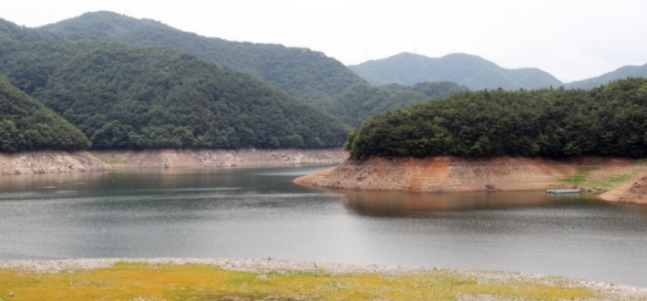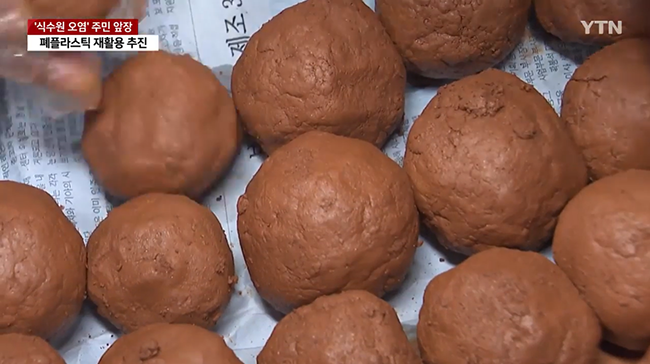
The Juam Dam is the largest source of drinking water in Honam and supplies water to 2.5 million people in Gwangju, South Jeolla Province. (Image courtesy of Yonhap News)
SEOUL, Sept. 25 (Korea Bizwire) – A group of people who care about the environment, including residents and public organizations, have been working together to improve the quality of water and make new products from recycled plastic. This effort has recently gained the attention of the media. Here’s the story about how they are protecting the environment around the Juam Dam.
The Juam Dam is the largest source of drinking water in Honam and supplies water to 2.5 million people in Gwangju, South Jeolla Province. It’s also the biggest reservoir in Honam and provides industrial water to Yeosu and Gwangyang. Unfortunately, the area was filled with trash that ended up in the water, either from rain or irresponsible dumping.
Community organizations, water utilities, and local residents are joining forces to find a solution, initiating a campaign led by citizens to tackle the plastic waste problem. On June 29, the Juam Dam branch of Korea Water Resources Corporation (K-water) had a meeting with local residents.
In collaboration with a civic organization called the Jeonnam Regional Problem Solving Platform, they decided to start the “Please Care about Floating Litter around the Juam Dam” campaign. The idea is to reduce carbon emissions by recycling waste plastics before they reach the dam.
The first step was for local residents to clean up the river by picking up trash along the way. They also did something unique by tossing balls of soil into areas with strong currents. These balls are made from a mixture of beneficial microorganisms and ochre, which is good for humans and the environment.
They sink to the bottom, break down harmful substances, and purify the water. Mixing useful microorganisms and beneficial materials like ochre to create ‘soil balls’ is an innovative way to improve water quality.

The “earthen balls” sink to the bottom, break down harmful substances, and purify the water. (Image from YTN’s News footage)
Through this process, citizens collect, clean, and transform waste plastics into household products. To achieve this, K-water and the Suncheon YMCA held a ceremony in July to launch the ‘Juam Re-born Project,’ aimed at solving the plastic pollution problem at Juam Dam.
The Juam Re-born Project aims to create an upcycling platform and a sustainable carbon-neutral model by using waste plastics discarded upstream of the Juam Dam. K-water and the Suncheon YMCA are working together with the local community and residents to achieve their goal.
Various institutions and organizations will continue to encourage plastic collection and proper disposal. They will also showcase upcycled creations made from waste plastics, collaborating with local artists and designers.
“The water quality has suffered due to the garbage in the area,” said Lim Kyung-hee, the head of the Juam Dam branch of K-water. “Through our cleanup efforts, we aim to improve water quality and contribute to carbon neutrality by recycling waste plastics into upcycled products.”
This initiative shows how residents, local communities, and public organizations have united to recognize the importance of protecting sources of drinking water and demonstrate that sustainable, carbon-neutral practices are achievable.
M. H. Lee (mhlee@koreabizwire.com)






